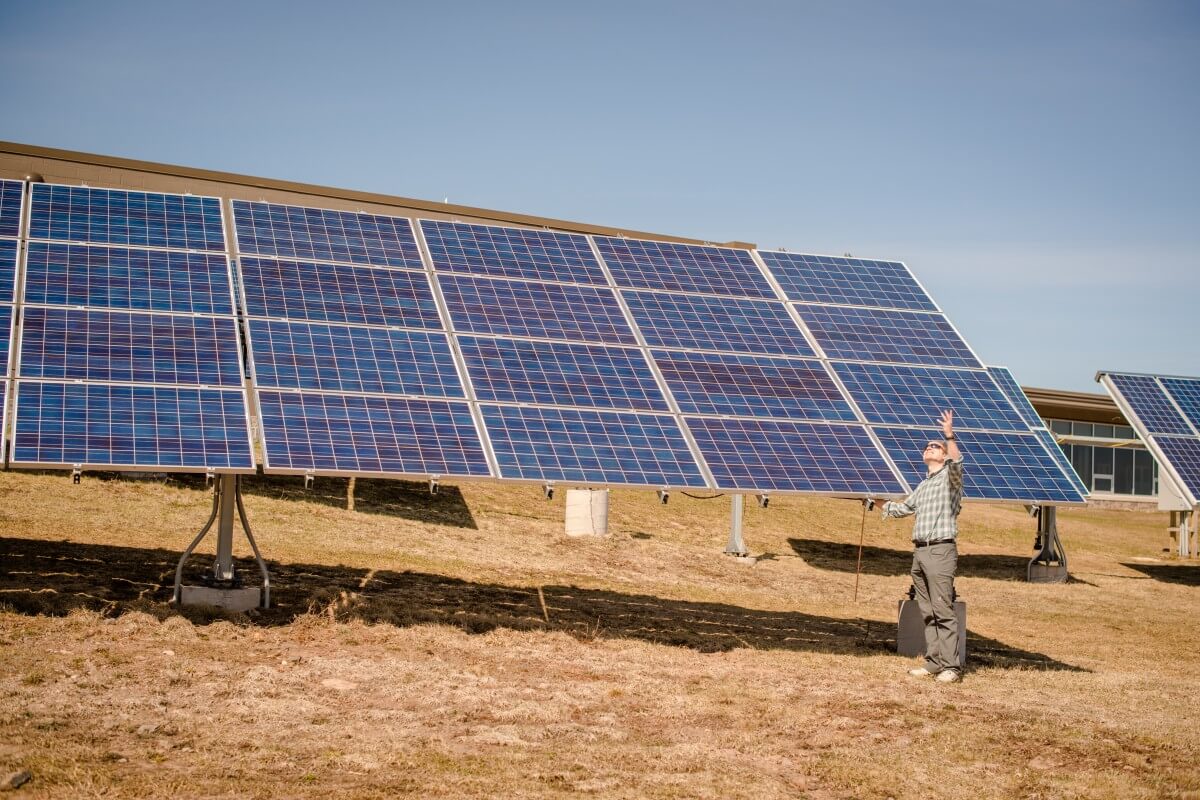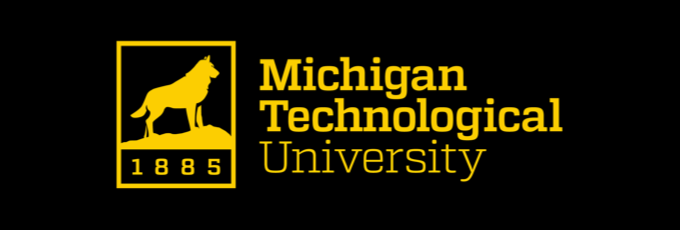For Tessa Meyer, an undergraduate researcher in the Department of Materials Science and Engineering at Michigan Tech in the US, materials science and engineering (MSE) made it easy for her to find a career path.
“There is such a wide range of applications for MSE in the world. It was easy for me to find a specific aspect of the field, an area where I feel I can make a direct, positive impact on society,” she said.
From the beginning of recorded history, materials have been used to define our civilisations — and the evolutionary milestones associated with their growth and quality of life.
From the stone age to the bronze and iron ages, both the materials and the human innovations that addressed the world’s challenges during those time periods have been inextricably linked.
Even today, our ability to address global challenges are heavily reliant on the materials that define our current generation — by the wisdom we possess in implementing in their use, and, increasingly, in their re-use.
Evolve into a materials science engineer with Michigan Tech
Materials science and engineering as a discipline has evolved from its roots in mineralogy, metallurgy, and ceramics to now include the study and implementation of all materials offering promise for implementation in our modern world, as solutions to the challenges we face.

Tessa Meyer. Source: Michigan Tech MSU
Contemporary materials science engineers work not only with metals, alloys, ceramics and glasses, but also with polymers and elastomers. They also work with composites, materials for electronic, magnetic and optical applications, and many other emerging materials and processes such as 2-D graphene, nanomaterials and biomaterials.
Also emerging are materials for 3D printing or additive manufacturing, smart materials, specialised sensors, and many more.
Where there are breakthroughs in new products and solutions, the chances are that there is a materials science engineer at work, often behind the scenes, at its root source.
Today, materials science engineers carefully evaluate all materials for their impact on the environment and sustainability.
For example, materials science engineers are prominent in the conception and development of new battery technologies as well as new lightweight materials that make cars and aeroplanes more fuel-efficient and reduce their CO2 footprint.
Materials science engineers are also involved in the development of new materials for the hydrogen economy, photovoltaics for sustainable solar energy, and materials that can convert kinetic energy into electrical and/or magnetic energy.
From the perspective of Steve Kampe, the Chair of the Michigan Tech Department of Materials Science and Engineering, the materials we use in our lives have a huge impact on the long term quality of life and in our ability to someday attain a circular economy and a sustainable world.
“Today, we have the tools and data to make more intelligent decisions about the materials we use — to decide which materials, even some not yet invented, that would make the biggest difference,” he said.
“Our goal is to reduce or eliminate our dependence on unsustainable solutions.”
Research that makes a real-world impact
MSE students themselves play a big part in solutions for global challenges.
At Michigan Tech, MSE Professor Joshua Pearce and his team of researchers in the MOST Lab (Michigan Tech Open Sustainability Technology) focus on open and applied sustainability.
This focus refers to the application of science and innovation to ensure better quality of life for all, now and into the future, in a just and equitable manner, while living within the limits of supporting ecosystems.

Source: Michigan Tech MSE
MOST fosters strong collaboration between graduate and undergraduate researchers on campus as well, with vast open source international networks.
It is a highly active research group, publishing dozens of papers per year which are consistently covered by the national and international news media.
MSE students often work on interdisciplinary teams in the MOST lab at Michigan Tech, with visiting scholars and industrial partners.
As a materials science engineer with a joint appointment in the Department of Electrical and Computer Engineering, Dr. Pearce conducts research on photovoltaics — the materials behind solar energy — as a means to generate power in regions of the world where electricity is unavailable or prohibitively expensive.
His research is also internationally renowned for its work in open source 3D printing in order to enable these underserved regions with manufacturing capabilities.
Both Tessa Meyer and Matt Reich, another MSE undergrad at Michigan Tech, have conducted research in Dr. Pearce’s MOST Lab since arriving on campus as freshmen.
Meyer’s work examines how “stamp sand,”crushed rock industrial waste, leftover from past mining activity in the region, can be converted into useful products.
She blends it with polymer 3D printing feedstock to produce recycled composite bricks that can be used for construction. Reich looks at using recycled plastics as feedstock for the 3D printing process. Currently, most 3D printing is done with virgin polymer feedstock, but research conducted by Michigan Tech’s MOST lab has shown that using recycled 3d printing feedstock is not only technically viable, but costs less, and is better for the environment.
For Meyer, working with Dr. Pearce has been a highlight of her Michigan Tech journey because of his interdisciplinary work approach.
“I can really see how my research can make a difference for society,” said Meyer.
Reich agreed: “Working with Dr. Pearce in the MOST Lab is one of the best things that happened to me at Michigan Tech.”
So if you’re ready to follow in Tessa’s and Matt’s footsteps, and evolve into a materials science engineer that the world needs, click here to start your journey with Michigan Tech.
Follow the Materials Science and Engineering Department at Michigan Technological University on Facebook, Twitter, YouTube and Flickr
Like this? Then you’ll love…
Join the materials science and engineering revolution in Industry 4.0
Why Michigan is the ideal destination to pursue Environmental Studies











